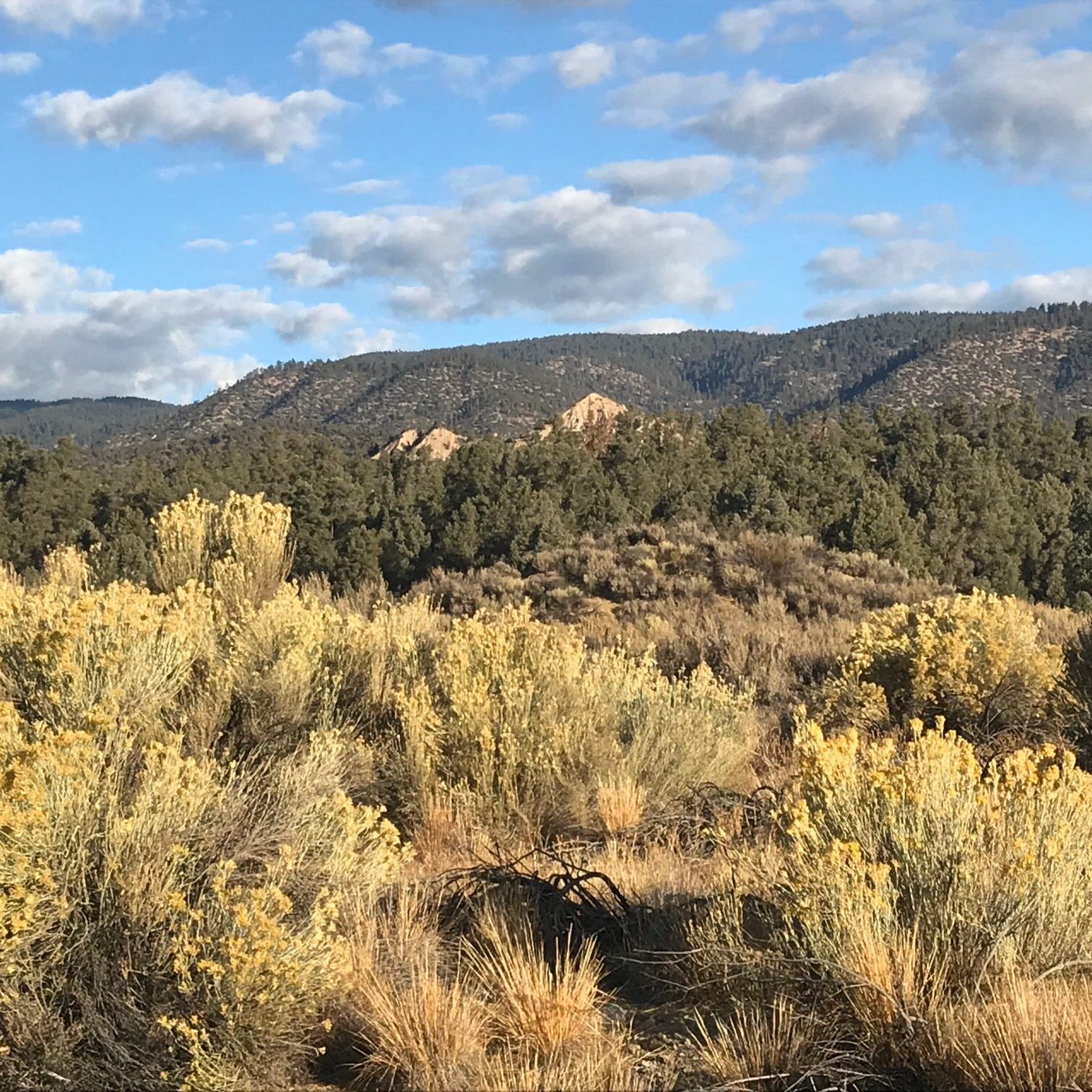About Us
We are dedicated to achieving full protection for our federal public forestlands.
Our goal is to ensure optimal ecological conditions to increase forest carbon storage and accumulation, and support and restore the full complement of native biodiversity in these forest ecosystems, which have been, and continue to be, severely degraded and damaged by relentless commercial logging.
We believe that the federal timber sales program must be ended for this to occur. As long as federal public land agencies are allowed to sell public trees to private logging interests, the degradation will continue.
Our organization utilizes scientific research, public education, and forest legal defense work to ensure that our National Forests and other public forests are managed for ecology, recreational enjoyment, climate benefit and scientific study.

Three principles guide our work
We look at the big picture.
In order to protect our forests from extractive activities such as logging, it is essential that all the values of our forests are understood along with the pressures and incentives that drive ongoing exploitation. That is why we take a step back and look at the big picture. Ecosystem function, natural processes, human enjoyment, plant and animal diversity, climate change mitigation, as well as the political and economic forces that are perpetuating current destructive logging policies. We advocate for big, bold changes-full protection for all federal public forests, and funding for acquisition and conservation easements to protect vast acreages of current private forestlands for biodiversity, climate change mitigation, and access to Nature for communities.
We put boots on the ground.
In searching for the truth about natural processes and the health and well being of native plant and animal communities we spend hundreds of hours in the forest every year. We are intimately familiar with the areas we seek to protect and try to use our on-the-ground knowledge to educate and inspire others to value, appreciate and protect these ecosystems and their inhabitants. We frequently lead members of community groups, reporters, and policy-makers on forest site visits on our National Forests and other public forest lands.
We want the public to be involved.
For use of our public forest lands to shift away from commercial extraction and be focused on providing optimal conditions for native biodiversity, enjoyment and climate benefits, people are going to need to get involved! This is why we strive to educate the public through outreach to community organizations, schools, churches, environmental and political groups, and the media. We teach people about the amazing ecosystems which exist on our federal public forest lands, encouraging their participation to protect and maintain these areas for generations to come.
